7 Tips for Permanent Weight Loss without Dieting
I lost 90 pounds by not dieting. Establishing healthy habits was the key to my success. These habits allow me to keep the weight off. Once I lost the weight, I never wanted it to come back. Here are just 7 tips I used on my weight loss journey.
1. Do The Math
Okay, I admit it. I liked math in school. But even if you didn’t like math in school, all your really need to be able to do is add and subtract. The concept is simple. To lose weight all you need to do is burn more calories than you eat. I know, I know, I can tell you are rolling your eyes. But it is true. To lose weight you must be in a calorie deficit. There is no way around it.
I hear lots of reasons why people don’t think this is true, such as low thyroid, hormonal imbalances, and low metabolism. But, the truth of the matter is, that most of us just need to burn more calories than we eat. End of story.

So, get out your calculator or download a fitness app that will calculate out how many calories you need to eat in a day.
You have to start by knowing how many calories your body needs in a day. I am going to give you the formula to calculate it out yourself, but you might want to just download an app. Know that, if you are an average person, you should be eating about 1800 – 2400 calories per day for an average active lifestyle. But do the math, most of us are not average.
First, calculate your Basal Metabolic Rate (BMR). This is what you need to eat if you stayed in bed all day, everyday. It meets your basic needs, such as breathing and digestion.
The Harris-Benedict Formulas for BMR
BMR (adult male) = 66 + (6.2 x body weight in lbs) + (12.7 x height in inches) – (6.8 x age in years)
BMR (adult female) = 655 + (4.3 x body weight in lbs) + (4.7 x height in inches) – (4.7 x age in years)
Next, calculate out what you need per day based from your activity level. I like to use a sedentary calculation, then add in my exercise as I do the workout. But to each their own. Here is how to calculate your daily needs.
Daily caloric requirement = BMR x activity factor
- Activity Factors:
- Sedentary = 1.2
- Active = 1.5
- Very active = 1.7
- Extremely active = 1.9
So, as an example, if your BMR is 1643, then you need 1971 (1643 x 1.2) calories per day if you are sedentary. It is okay to round that up to 2000.
Does this make your head hurt? There are numerous apps and websites, such as MyFitnessPal, Sparkpeople and MyPlate, that will do it for you. The exact numbers may be slightly different depending on which formula they are using, but it will all be in the same ballpark.
Now, write down that number nice and big. Highlight it. Post it on your fridge or some other place that will remind you of how much you can eat.
2. Make healthy food choices
I know what you are thinking, and you are right. It isn’t EXACTLY about calories in and calories out. Food choices do matter too. A 100 calorie cookie is different than a 100 calorie salad, for example. While the number of calories you eat needs to stay below what you burn, your choice of foods are also very important. Let’s explore this a bit more.
Choose foods that are nutrient rich but low in calories
You want the biggest bang for your buck, so to speak. Choose foods that are packed full of the nutrients your body needs, but are lower in calories.
Vegetables are great for this. Dark leafy green vegetables, such as kale and spinach, are among the highest foods containing vitamins, minerals, fiber and antioxidants. Yet, these high powered foods are only about 15 – 25 calories per 50 grams. 50 grams gets you a lot of spinach; almost 3 cups worth. You likely can’t even eat that much in one sitting before feeling full.
Compare that to the same amount of potato chips. 50 grams of potato chips (about 27 chips) is over 280 calories. While there are some minerals preserved in processing the chips, very few vitamins remain. The chips are packed full of fat and salt. Can you stop at just 27 chips?
Calorie for calorie, choose wisely. You only have about 1800 to 2400 calories to spend in a day, don’t waste them. Feed your body what it needs. Choose those low calorie, nutrient rich foods and feel healthy.
Choose foods that help you feel full
Some foods are bulkier than others, so can help you feel full. This relates to how much fiber is in the food. That 100 calorie salad, with all those low calorie bulky veggies high in fiber, can help you feel more full. That 100 calorie cookie will just leave you wanting another 100 calorie cookie and another, and that quickly adds up. So choose foods that are high in fiber, bulky and fill you up without a lot of extra calories. Again, vegetables and some fruits are great for this.
Ensuring we are eating enough protein also helps us feel full and more satisfied. Digested proteins block hunger receptors. This tells our brains to stop eating. Fish is the best protein source for this, but other choices such as egg, legumes, nuts and even protein powders also help.
Water is great for helping us feel full. Water takes up room in our stomachs, but has zero calories. So foods with a high water content, such as soups and plump juicy fruits, will help make us feel full with less calories.
A good example of this is grapes versus raisins. Raisins are grapes without the water. 50 calories worth of grapes is about 3/4 cup. But, 50 calories of raisins is approximately 1/8 cup. You will probably feel full with 3/4 cups of grapes, but likely not with 1/8 cup of raisins. That is because the water inside the grape is taking up room and helping you feel full with the same amount of calories.
Choose foods that help you lose weight
Spicy foods can help you burn more calories. Some preliminary studies show that foods containing chili powder or black pepper can raise metabolism by up to 23%.
Grapefruit can help you metabolize fats. Researchers suggest that grapefruit can lower insulin levels and result in weight loss. However, you need to eat a half a grapefruit or drink a serving of juice with every meal, according to one study.
Green tea can also help. Scientists suggest that some compounds in green tea can raise our body temperature, helping us burn more calories.
Here is a list of some foods that help with weigh loss:
- vegetables
- whole fruits (especially grapefruit)
- green tea
- chili powder and black pepper
- eggs
- oats and oatmeal
- legumes
- popcorn (plain)
- chia seeds
- soup
- fish
- water

Limit Sugars
Sugary foods are the type of foods that make you hungry about 10 minutes after you eat them. Sugars are quick energy sources. They are designed to be used up rapidly by the body. And when our blood sugar is low, we are hungry, weak and tired.
Wait! It gets worse! If you don’t use those sugars right away, the body will store them for later. First the body stores them in the form of glycogen. Glycogen is okay. We don’t eat when we are working or exercising, so our body uses glycogen then. But the muscles and liver can only store so much glycogen. It is estimated that the average person can store up to about 500 grams of glycogen.
However, once your body is full of glycogen, your body’s hormone system redirects those sugars to make fat. So, if you eat too much sugar and don’t use it right away, then you will increase your fat stores.
3. Be more active
There is no getting around this one. If you want to lose weight and keep it off, you need to move more. Remember you want to burn more calories than you eat. So, get up off the couch and get out there and move!
This is where the math of weight loss becomes fun.
Calculate out your base calories for a sedentary activity level. This will be how much you can eat without doing any exercise at all. If you eat only this amount, you will maintain your current weight if you do nothing at all except lie around the house all day. Cool right?
But you BMR calories is pretty low. If you didn’t exercise and move, then you can’t eat much without gaining weight. But, if you move more, you can eat more.
Now, track your exercise. If you run, depending on your weight, you will burn about 300 calories per half hour. You can now eat 300 extra calories that day and not gain weight because you ran for 30 minutes. Fabulous.
It works for other exercises too. Check out some of these calorie burning workouts:
- Calories burned on average for a 150 pound person (estimates only)
- Walking = 140 calories per 30 minutes
- Hiking = 200 calories per 30 minutes
- Cycling = 250 calories per 30 minutes
- Swimming = 210 calories per 30 minutes
- Golf = 190 calories per 30 minutes
- Skiing (cross – country) = 280 calories per 30 minutes
- Skiing (downhill) = 215 calories per 30 minutes
But, don’t eat all your exercise calories. Remember, you want to be in a calorie deficit. This is how you lose weight. You need to burn more calories than you consume. But exercise can come in handy if you just can’t resist eating that piece of cheesecake. Go ahead and earn yourself a treat.
4. Size Matters
Size matters? Wait! What? No, not YOUR size. Your beautiful! I am talking about the size of your food portion.
Size really does matter when we talk about food. If we want to eat less calories than we burn, we need to control how much food we eat. This means controlling portion size.
There are several ways to control portion size. Some are tedious and time consuming. But some are super easy and eventually become mindless. Let’s look at 3 ways to size your portions.
The Math Method:
I like math. There, I said it again. When I have time, I like to calculate out how much I can eat and weigh it all out. There are books, charts, websites and apps that will tell you how many calories are in food portions. I usually find what a serving is and how many calories are in a serving and put that on my plate. I log my food, so that I can keep track. This way I know exactly how much I have eaten and how much I have left to eat. It is kind of like a food budget. MyFitnessPal is a great app for that. Makes it a little easier and less time consuming. It does still take time. But, unfortunately, I rarely have time for this these days.
Hand Estimate method:.
You can make an approximate guess at portion size using your hands. For example, a serving of meat is about the size of the palm of your hand. A serving of dark leafy greens is a heaping portion of two hands.
Here are some examples:
- Protein = 3 – 4 oz serving = palm of hand
- Vegetables = 1 cup serving = size of a fist
- Leafy Vegetables = 2 cup serving = 2 open cupped hands
- Fruit = 1/2 cup serving = palm of hand
- Grains = 1/2 cup serving (cooked) = palm of hand
- Fats = 1 – 2 tbsp serving = size of thumb
The Plate Method:
The other way to estimate portion size is to use your plate as a guide. According to the Canada Food Guide, you should have 1/4 of your plate as protein, 1/4 as starches or whole grains and 1/2 of your plate as vegetables.

The other trick is to use a smaller plate. Most of us don’t need to use a dinner plate. Piling food onto a 11″ – 12” dinner plate results in too much food and too many calories in one meal. We should be eating off of 9” lunch-sized plates instead for our main meals. Snacks should only ever be off of a 6″ – 7” side plate.
It is interesting to note that decades ago, a typical dinner plate size was 9″, which is the size of our current lunch plates in North America. Some European countries still use 9″ dinner plates. Some restaurants use 13″ plates to serve food.
You could portion out your food onto a dinner plate, of course. But studies show that we have a tendency to add extra. Visually, we need our plates full so that we feel full and satisfied. Room on your plate tricks your brain into thinking you aren’t quite full. Take the same amount of food and put it on a smaller plate, filling more of the plate, and your brain thinks is full. This also works for bowl sizes too.

The danger of portion approximations , though, is my portions seem to grow over time. If you aren’t losing weight by approximating your portions, then you might want to use the math method.
5. Don’t Drink Your Calories
I first heard Jillian Michaels say this on The Biggest Loser TV show. Now every time I drink something, I hear her voice saying “ don’t drink your calories”. These are great words. Let’s look at some common beverages to see what she means by this.
Soda Pop:
Okay, unless you have been living under a rock, most of us have heard that soda is bad for us. There is way too much sugar in regular soda and not much of anything else.
One can of cola can contain as much as 9 tsp of sugar. Would you sit down and eat 9 tsp of sugar? No, probably not. It’s all too easy to chug it down when it is all dissolved in water and flavorings. But the result is the same… you just ate 9 tsp of sugar in one 12 oz can. How many cans can you drink in a day? It adds up to a lot of sugar that your liver turns to fat.
Related Articles:
7 Benefits of Journaling Your Weight Loss Journey
We Need to Let Diets just Die Out
7 Tips to Help Busy Parents Schedule Exercise
What about diet soda?
Avoid diet drinks containing artificial sweeteners. While these products don’t contain any significant calories, the sweet taste can trigger hormones that tell our bodies to store fat. Apparently, sweet taste can trigger insulin release. Insulin tells the body to store sugars as fat. It can be harder to lose weight when drinking diet products.
Scientist have also looked at people switching from a high sugar diet to using artificial sweeteners. This is where we see some benefit. For people that are currently eating a lot of sugars, artificial sweeteners can be the first step to reduce sugar consumption. But eventually, we should wean ourselves off diet soda too.
Fruit Juices
Some fruit juices can contain just as much sugar as some sodas. Orange juice contains about 2.6 grams of sugar per oz. Thus, the equivalent volume of a 12 oz can of cola puts the sugar content at 31 grams or 5 1/4 tsp of sugar. Apple juice is higher at almost 6 tsp sugar per 12 oz. Grape juice comes in at over 9 tsp of sugar, just as much as a can of cola.
While the nutritional value of fruit juices is slightly better than pop, it is much better to eat the actual fruit than to drink the juice. The whole fruit contains fiber. When we juice the fruit we take out this fiber. Remember that fiber helps you feel full. Fiber is also important for the health of your digestive system.

Drink Water!
The best thing to drink is water. Water has no calories and is filling. Your body needs a minimum of 2 liters of water a day, more if you have lost water through sweating or illness, for example.
If you don’t like the taste of water you can flavor infuse it. Teas are essentially flavor infused water. Herbal tea brewed and then chilled makes a great refreshing drink.
You can also use fruit to flavor water, such as putting a slice of lemon or watermelon into a glass of water. Adding a few raspberries or strawberries in is also delicious. Many resorts and spas offer cucumber or mint infused water to refresh their guests. Use your imagination and see what other low calorie infusions you can create.
6. Eat Mindfully
The new Canada Food Guide tells us to be mindful about eating. What does this mean? And how does it help with weight loss?
Mindful eating is about eating slowly, paying attention to your food and your body cues about being hungry or full. To do this, we need to avoid distractions and focus on the task at hand, which is eating. It helps us become aware of and control how much food we eat in one meal or snack. If we are not mindful, we tend to overeat and gain weight. Numerous studies have shown this.
It takes the brain about 20 minutes to recognize that you are full and don’t need to eat more. So if we eat too fast, we rely on the portions we have dished out to be accurate. We, then, gobble down this portion quickly, not even really tasting the food. One study says that the average North American meal is about 11 minutes, with breakfast and lunch being much shorter than this. We eat in front of our TVs and computers. We eat on the go. Family sit-down meals are no longer the norm.
So, slow down and eat mindfully. Re-learn your body’s hunger cues. Recognize when you are full and have eaten enough food.
Steps to mindful eating:
- Eat at the kitchen or dining room table away from distractions.
- Turn off the TV and devices. Dim the lights. Studies show that we eat less in a dimly lit room.
- Take a minute to savor the appearance and odors of the food, perhaps giving thanks. This will prepare your body to receive the food, starting the digestive process early.
- Eat slowly, chewing each bite well. Chewing well helps the body break down the food and mixes it in digestive enzymes from your saliva.
- Enjoy the food. Savor the flavors and textures. Enjoying the meal aids digestion and stimulates pleasure centers in the brain.
- Pay attention to your hunger. Stop eating just before you feel full. Avoid the urge to finish everything on your plate to push you beyond full to feeling stuffed and bloated.
- Take a few minutes to complete your digestion before getting up from the table. Spend this time chatting with family members about how their day was.
7. Get Enough Sleep
We eat more when we are tired. Lack of sleep plays tricks with our hormones and messes with our heads. This has been shown to cause weight gain. We produce more of a hormone called gherlin when we are sleep deprived. Gherlin is responsible for increasing our appetites.
Also, when we don’t get enough sleep, the reward center of our brains is more sensitive to food stimulation. Food can trigger a pleasure response in our brains. When we are tired, this area of our brain is more easily triggered than when we are well rested. So, we get more pleasure from food when we are tired. This may be why snacking in the middle of the night is so tempting.
How much sleep do we need? This varies with each individual, but on average people need about 7 to 9 hours of continuous sleep in a 24 hour period. Interrupted sleep can prevent us from getting a good quality sleep and still leave us sleep deprived. Quality of sleep is just as important as quantity.
To get a good night’s sleep, sleep in a cool, dark and quiet room. Avoid blue lights from TV and electronic devices as these disrupt sleep rhythms. And don’t drink caffeine or alcohol before bedtime, as they can prevent you from falling asleep and disrupt quality sleep patterns.

Those are just 7 of my tips for weight loss. I have more weight loss tips that I would love to share with you. You can find them in the Weight Loss Archives.
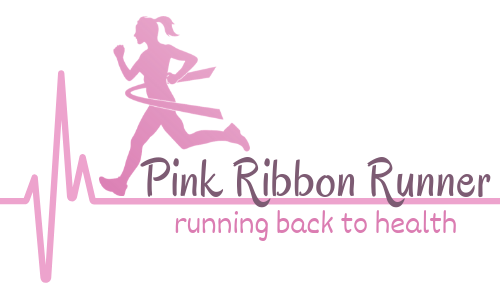




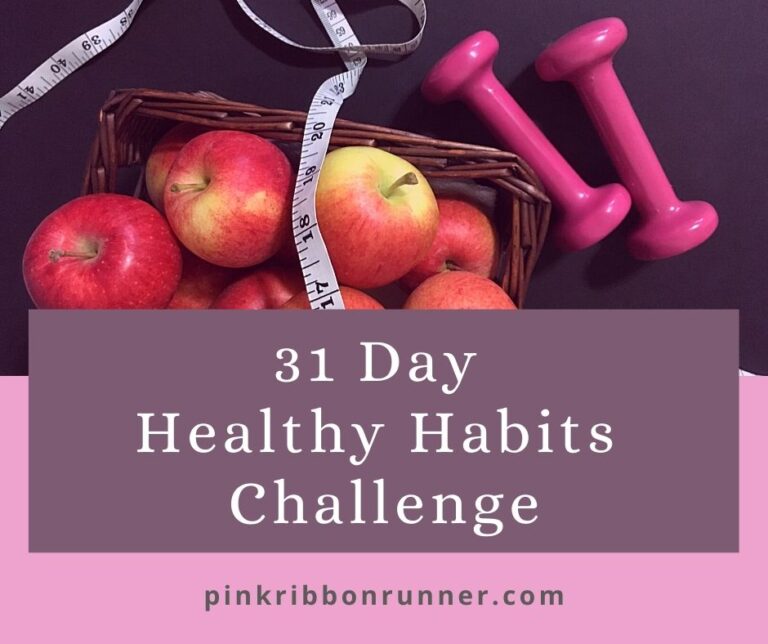
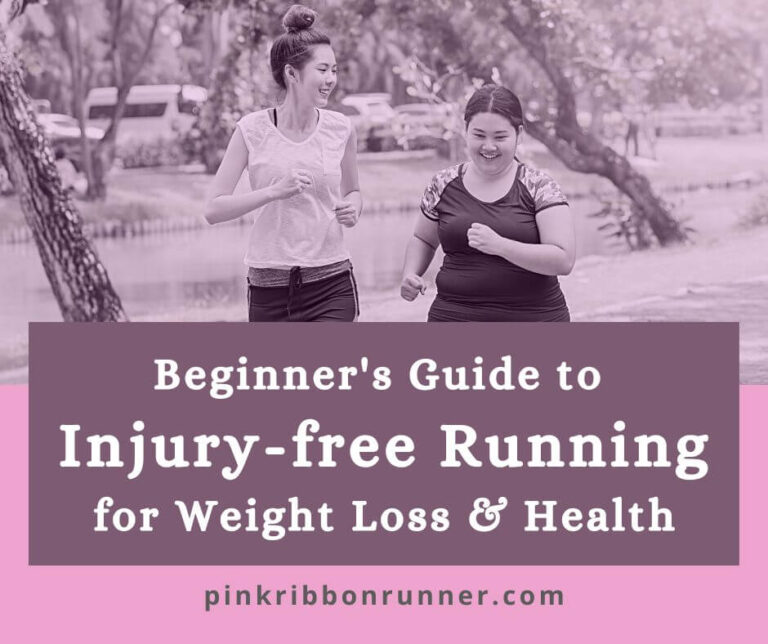
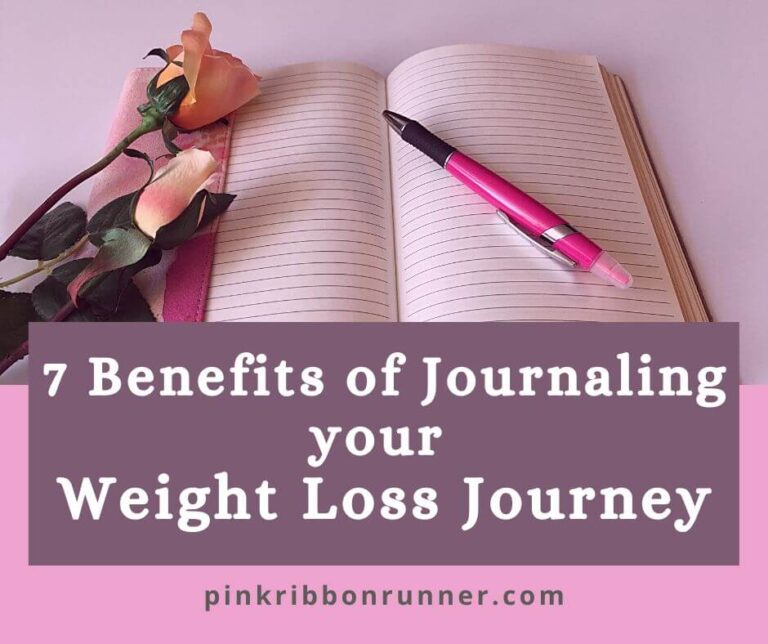
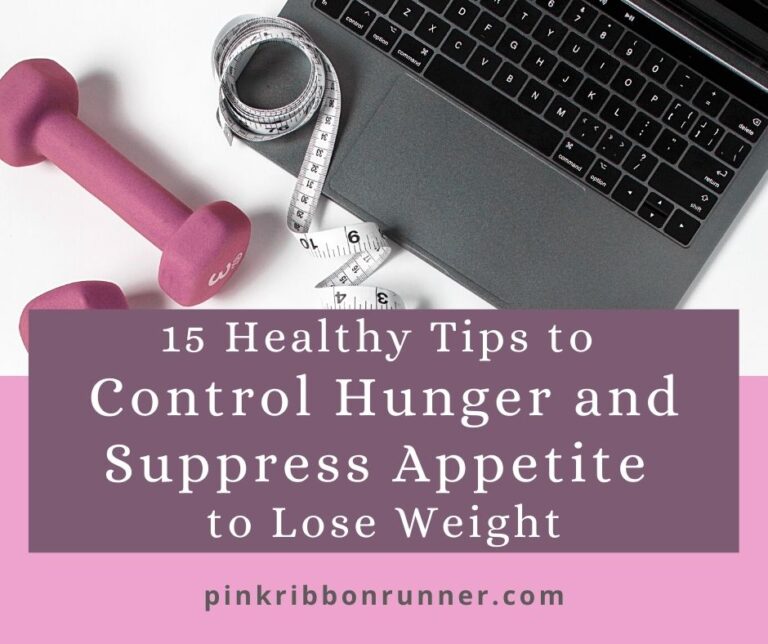
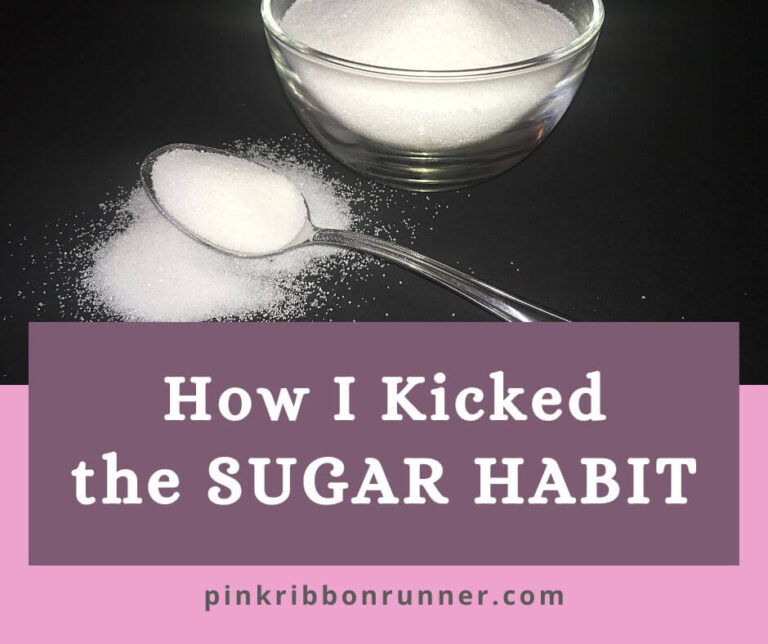
Thank you for this.
You are very welcome. Glad it was helpful
Great ideas!! Thank you so much for sharing! I didn’t know about spicy foods! 🙂
Great article. So many times I’ve lost weight, only to find it creep back on after a while. It’s usually because I become lax in my eating habits. Thankfully my phone has a health app that calculates calories so I make better choices to not waste my calories.
I had no idea about the food plate history, very interesting! These are helpful tips and reminded me I really need to get better at mindful eating.
I needed this! Trying to get my baby weight off from my last baby 1 year ago😳🤦🏼♀️ I want to be permanently healthy!